This is it, Directorate. The final holiday post, excluding suitcase post-mortem, which will come later.
The last leg of our trip was an 8-day sail around the Galapagos Islands, which are part of Ecuador and (primarily) reached by flights from Guayaquil and Quito. We flew from Quito through Guayaquil, but didn’t have to de-plane in Guayaquil which enabled us to abide by the State Department’s warnings about that city.+
Here, I must confess, that I had not done any advance reading about the Galapagos Islands and was equipped only with knowledge about their importance to the thinking and writing of Charles Darwin in developing the theory of evolution . . . which I am willing to say is, in lay terms, a factual explanation of life on Earth, not a theory.
During our journey, we saw many facets of nature.
We saw robust conservation efforts.
These little tortoises, babies to the left and toddlers to the right, were part of a breeding program where eggs are harvested, incubated, hatched and protected through their early years. Tortoise eggs, a tasty snack for hawks and rats, are very vulnerable. The youngest tortoises are also a tasty snack for hawks and therefore kept in small pens covered with metal screens (e.g., 15 feet long and 4 feet wide and 2 feet deep) in which food and water is provided to them. The juveniles (one to three years old) are kept in smaller groups in walled enclosures with lots of rocks, bushes, and trees to hide beneath.
Once the tortoises reach a substantial weight (too heavy for a hawk to lift) they live in small groups within large enclosures.
These two fellows perambulated toward us and then got into a squabble, which consisted of them yopping++ at one another. Note that they aren’t even facing one another.
Tortoises don’t have vocal cords, so the sounds accompanying this “fight” are like agitated grunts or coughing and lots of smacking the lips together. Tortoises also have no teeth, so there is no biting and as you can see there isn’t much vulnerable surface on a fully grown tortoise for violent gumming. A warning for humans however: A tortoise could clamp down on a human hand or arm and it would really hurt. It could also result in the loss of a finger or fingers.
The fight lasted less than a minute, which in the tortoise time-scale would be unit of time smaller than a millisecond. Possibly too small to measure.
We saw cruel nature. In this photo, a hawk (to the left) is hoping to eat a newly born sea lion cub or at least steal the placenta that accompanied him. While we sat in our dinghy, the mama sea lion moved her cub and tucked him into a tight spot that the hawk would have difficulty accessing. The hawk later made off with the placenta, which seemed to me like the best possible outcome.
We saw also saw animals living in peace and tranquility.
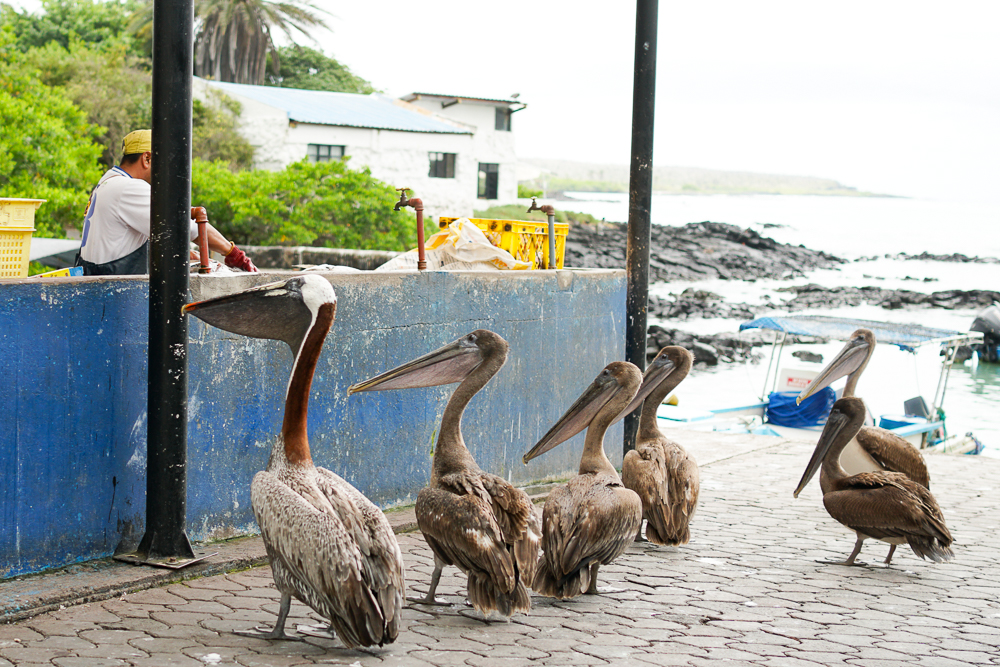

You know how you can take your cues from the flight attendants when trying to decide how you feel about turbulence on a flight? The same is true of experienced guides on a nature walk. When the guides take out their cameras, it’s time to take a hundred pictures. Thusly, I have zillions of pictures of the creatures that our guides photographed.
The guides were particularly pleased to see these three birds, or to have them come as close to us as they did.
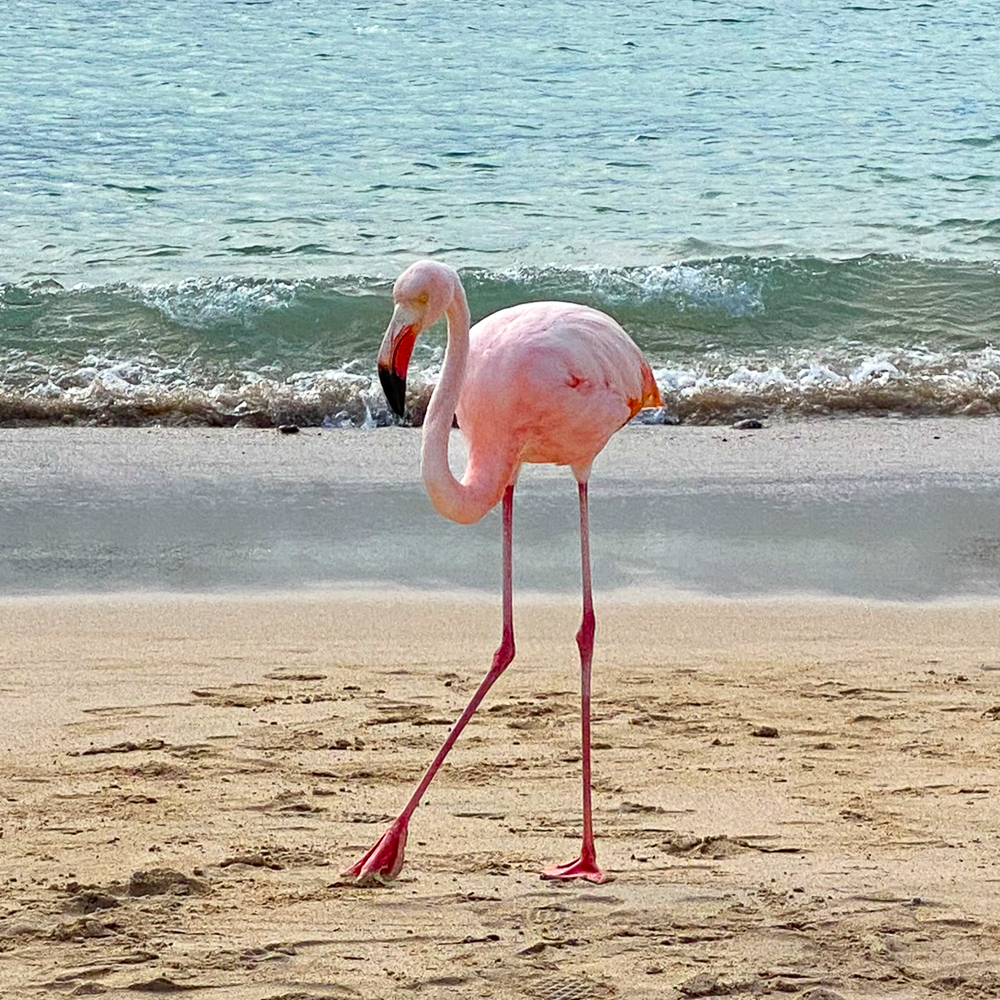
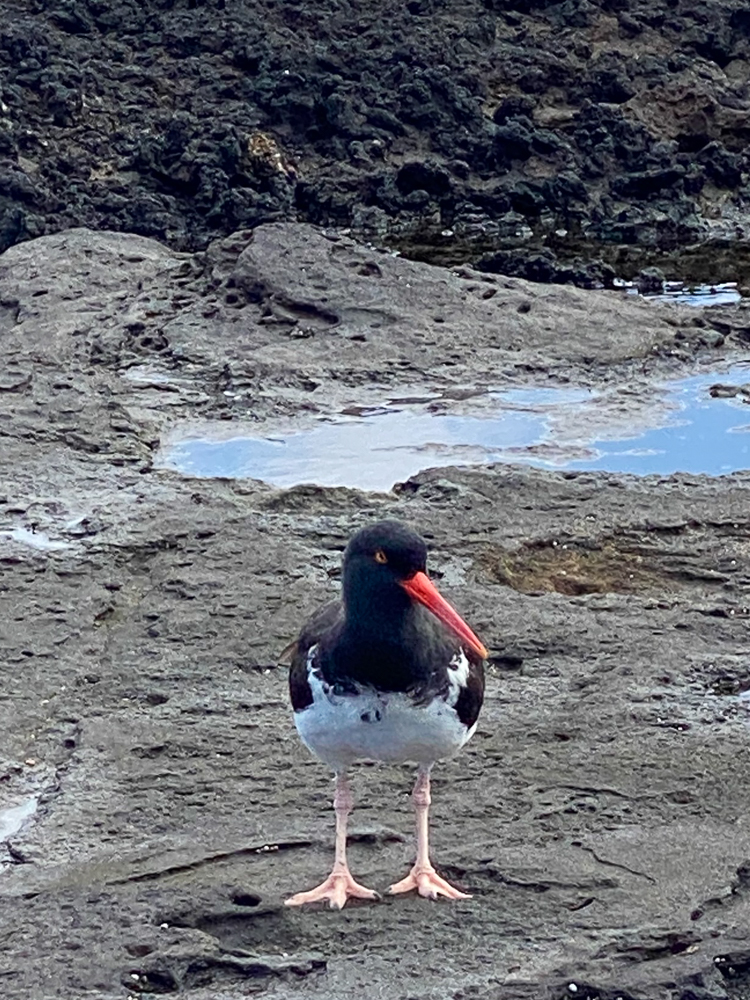
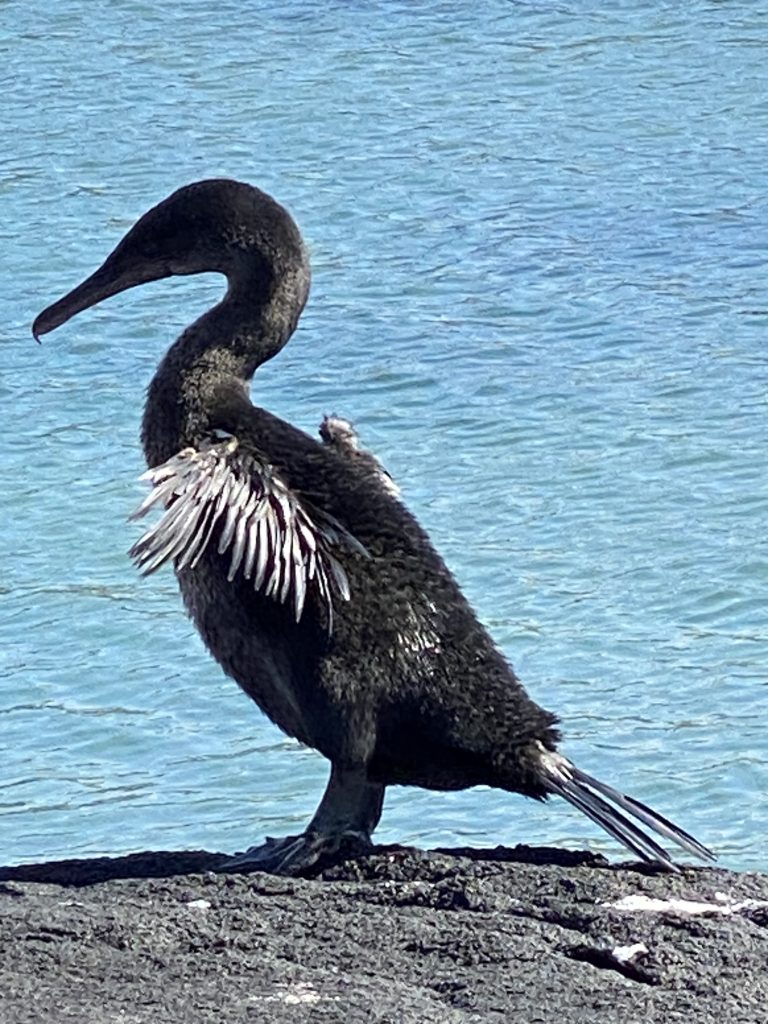
We also saw the animals we were supposed to see.
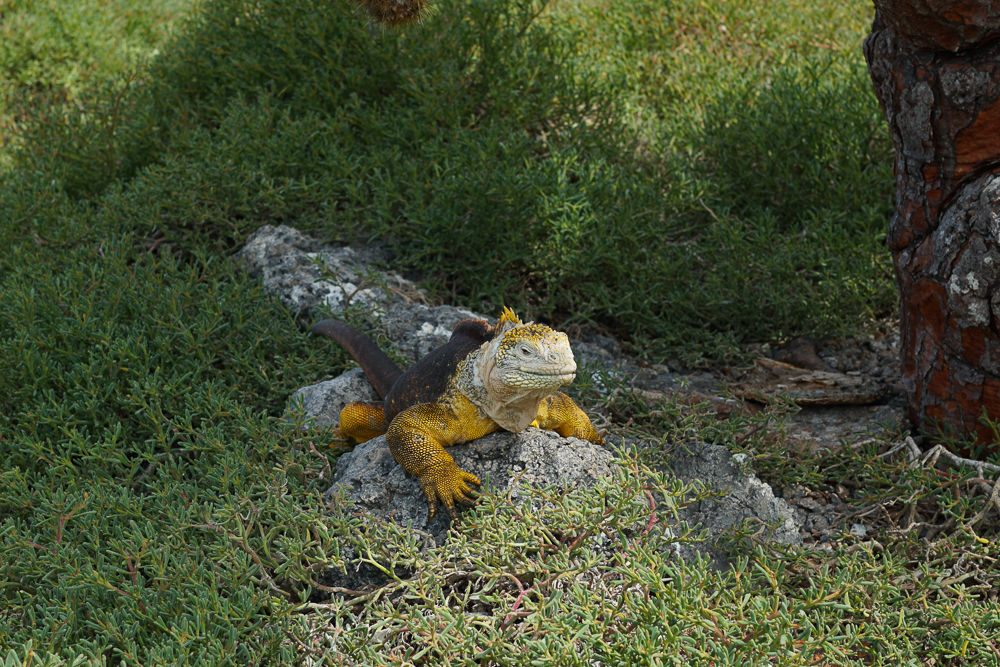
We saw beautiful landscapes.
You may notice over the course of these vacation posts that my hats start small and get bigger? I brought three hats with me and by the time we reached Galapagos I said to myself, “We’re going to need a bigger brim.” Imagine me, saying that to myself, in Roy Scheider’s voice. It happened.
Here is our boat. I mean ship. I mean yacht. I’m not sure how it’s classed. It’s a seaworthy vessel.
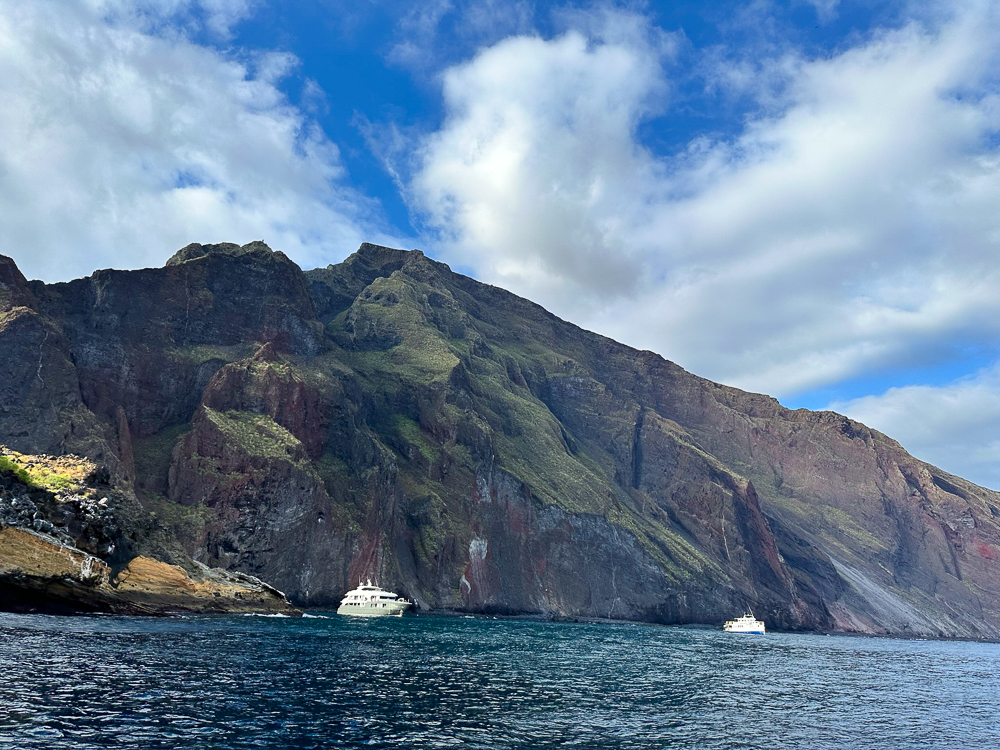
But here is why I came all this way: THIS GUY.
And others like him.
Giant tortoises are amazing. They are dignified and majestic, comical and tragic. It’s hard to convey in words how slowly they move. I filmed one stepping over a rock that was a little smaller than himself.
It took him three-and-a-half minutes to execute this maneuver. In doing so, he stepped on another tortoise — who moved not at all.
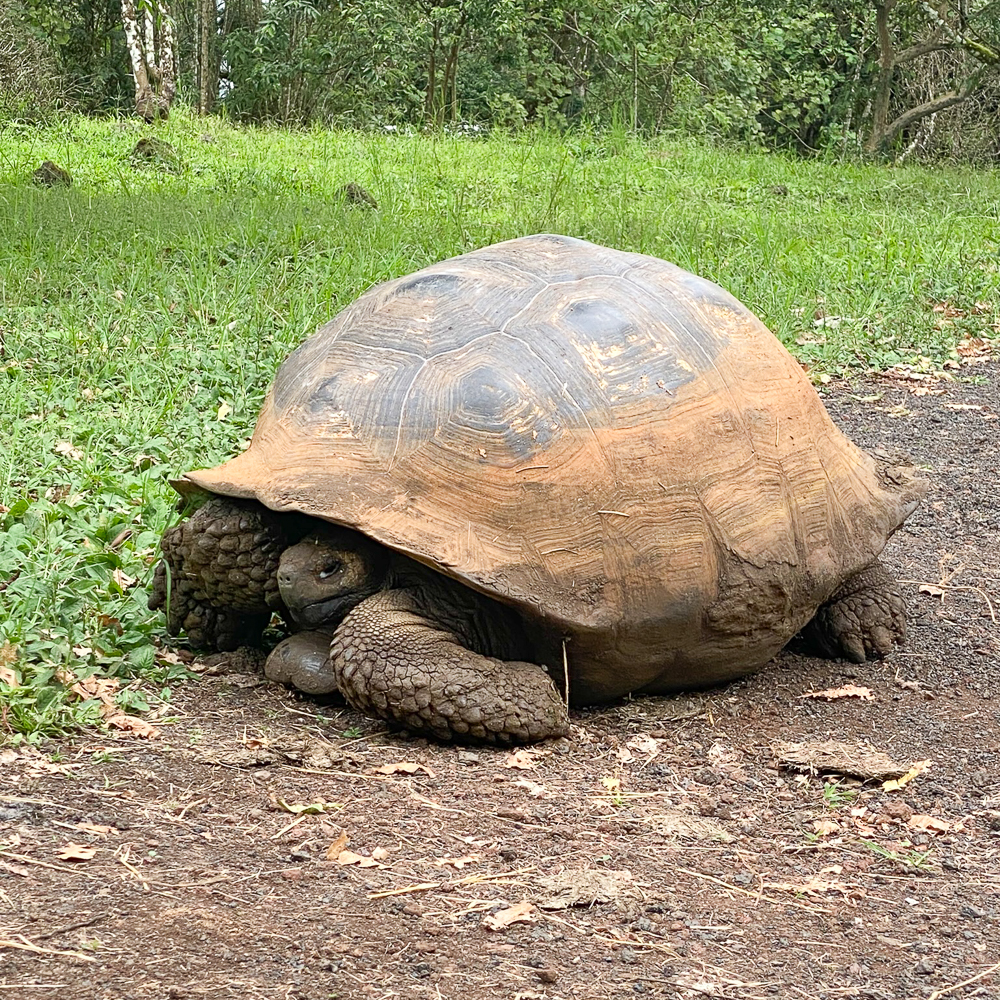
The other (stepped-upon) tortoise was arguably in the way, but maybe was just being used as a springboard. The stepping tortoise only touched down on his friend (frenemy) with his left rear foot and there was no yopping.
The last animal I saw before leaving Galapagos was this iguana, who had wandered into the VIP Lounge at the Seymour Airport on Baltra Island. He blended right in.
It’s a charming airport and while we waited for our flights (your Directrice, The Photographer, and the iguana), we enjoyed a Coke and listened to acoustic versions of pop/rock including, to my amazement, an acoustic version of New Order’s Bizarre Love Triangle. It’s always a comfort to hear a familiar song (even if the arrangement is unfamiliar) when far from home.
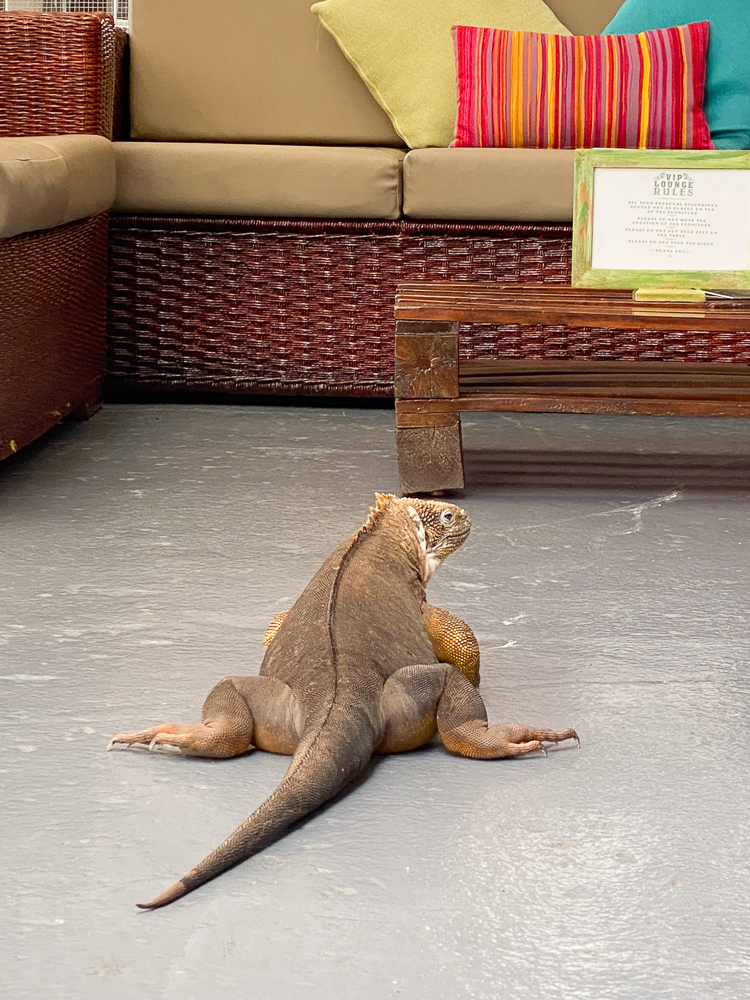
+ The State Department advises that travel to Guayaquil north of Portete de Tarqui Avenue should be reconsidered and that no travel of Guayaquil south of Portete de Tarqui Avenue is advised.
++ I thought yopping was a word of my own invention, but according the Urban Dictionary, yopping is eating with your mouth wide open and making lots of gross noise while doing so. Let my usage be a secondary, as yet unpublished definition.
@ We saw other cruel nature: On one island we saw a sea lion cub that appeared (according to my guide) to have been abandoned by its mother. This caused me to take to my bed without supper that evening. But I was told the following day, by another passenger, that her guide said the mother had returned.

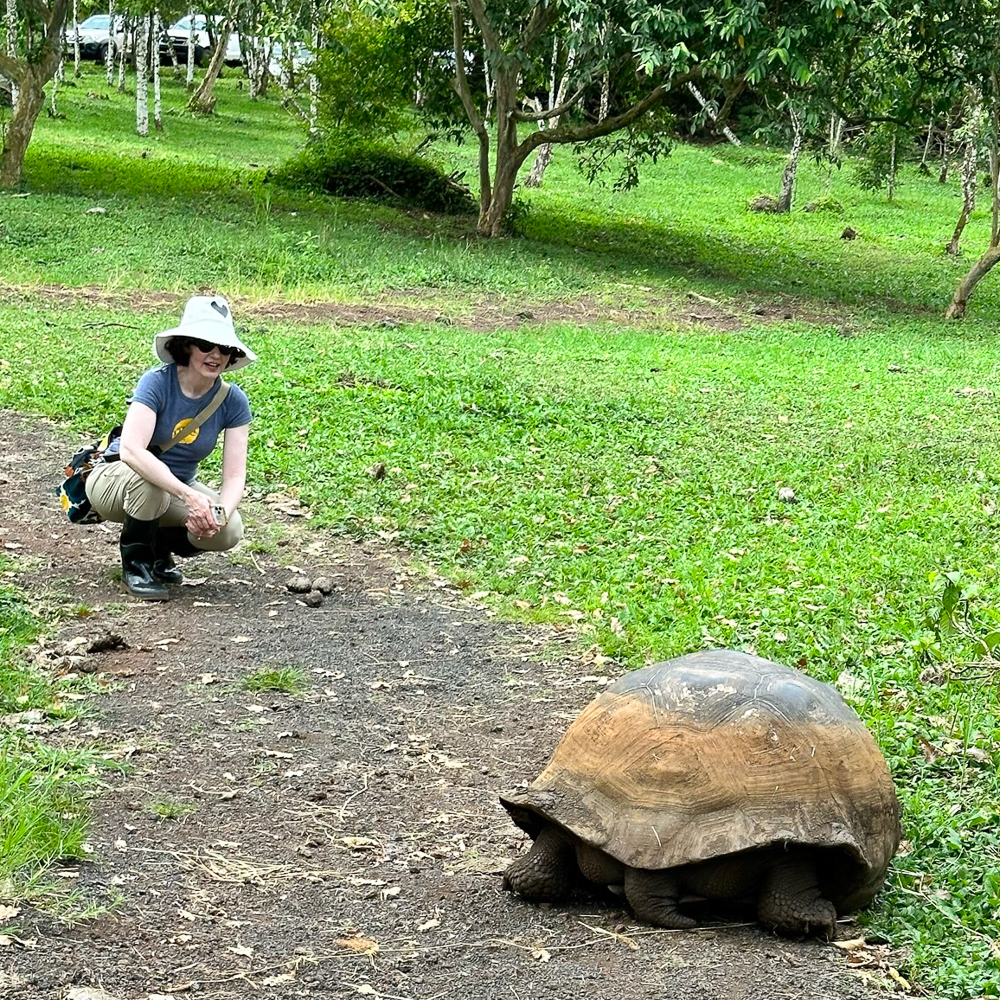


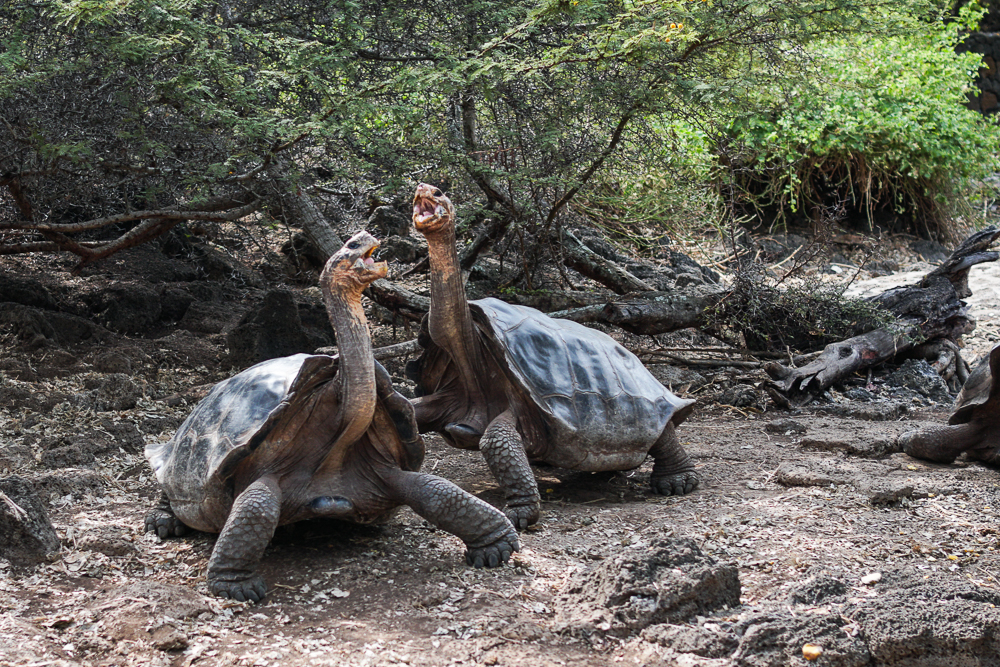
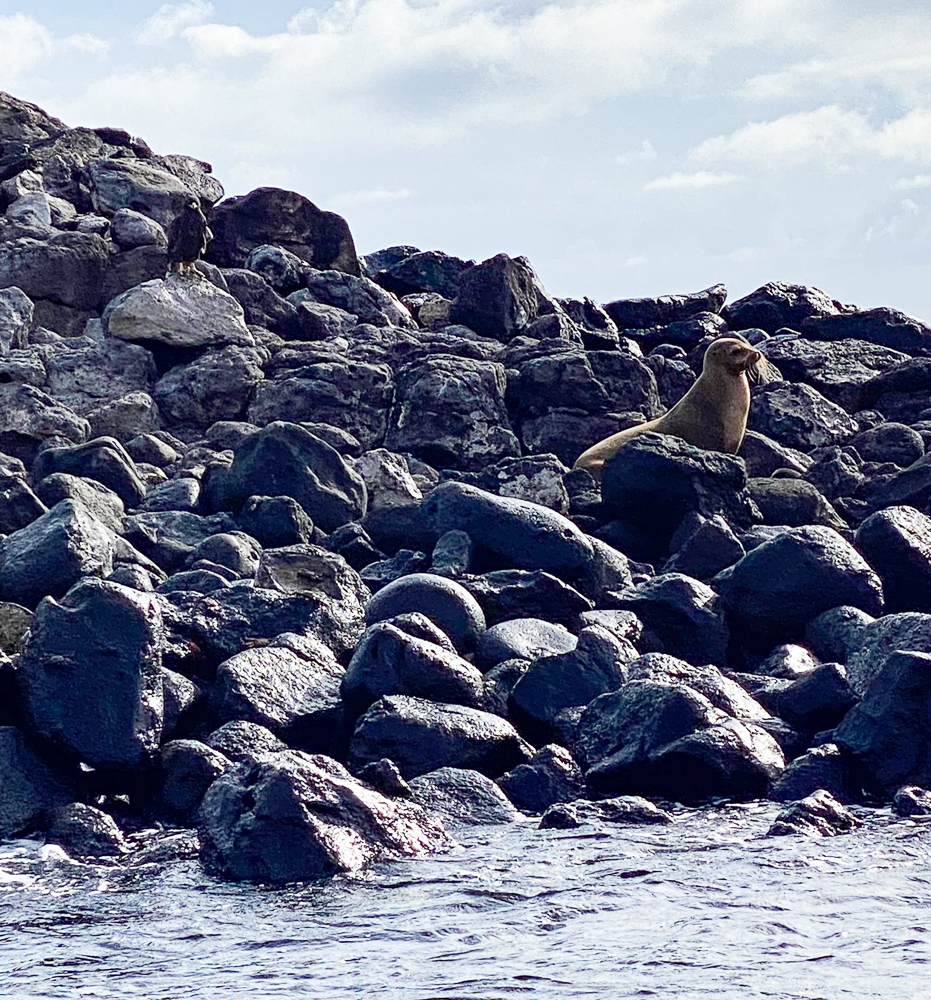
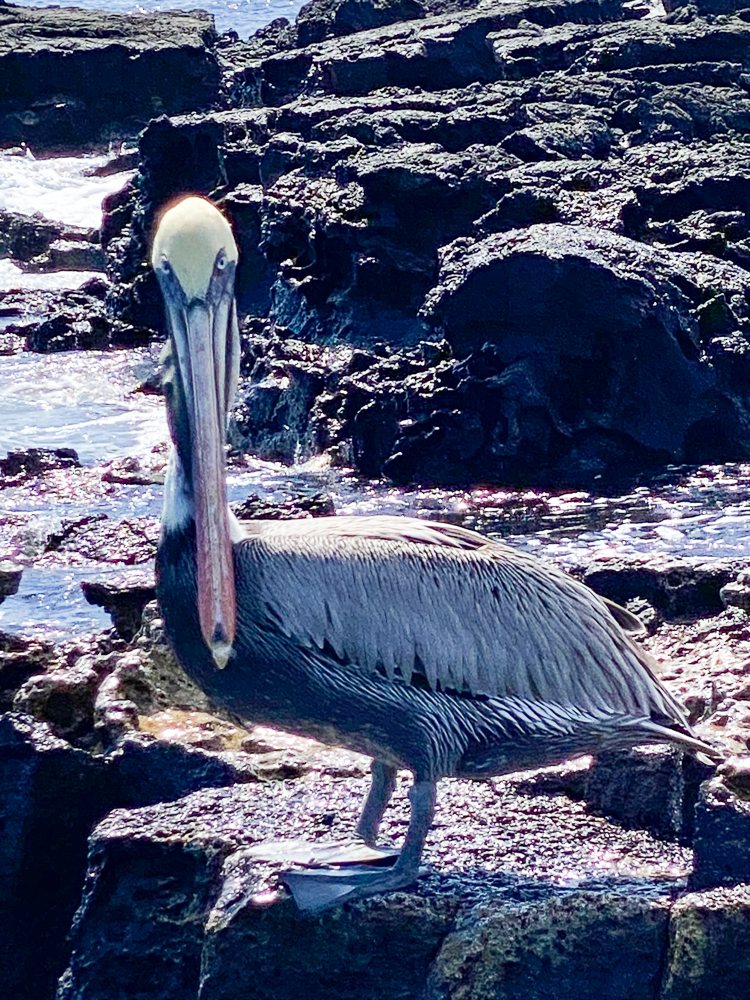
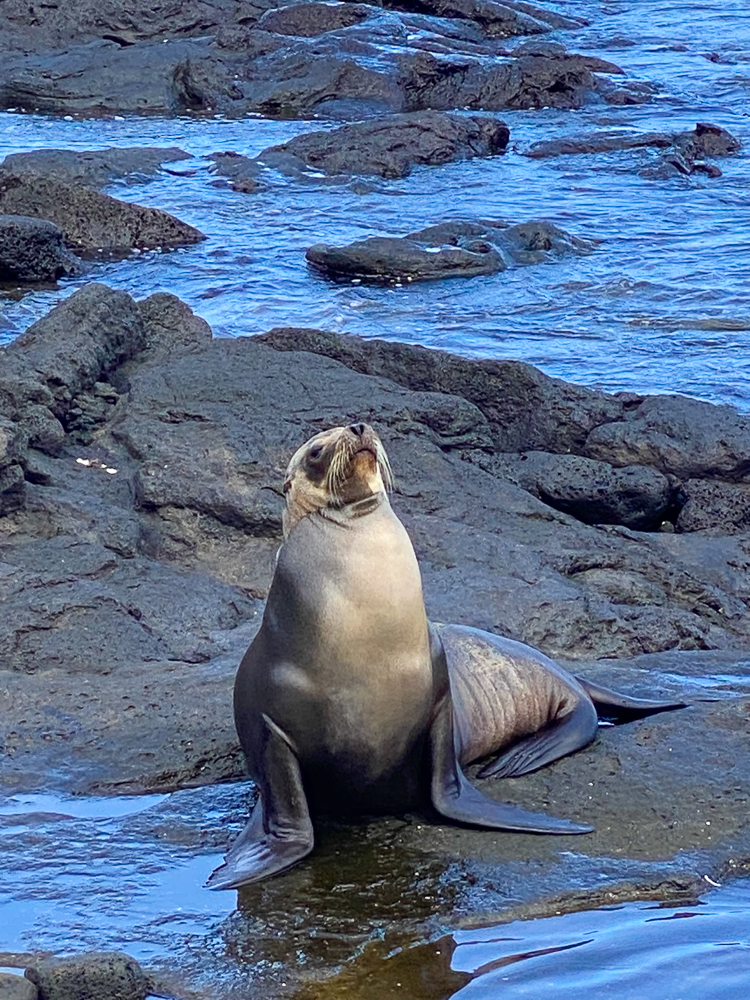
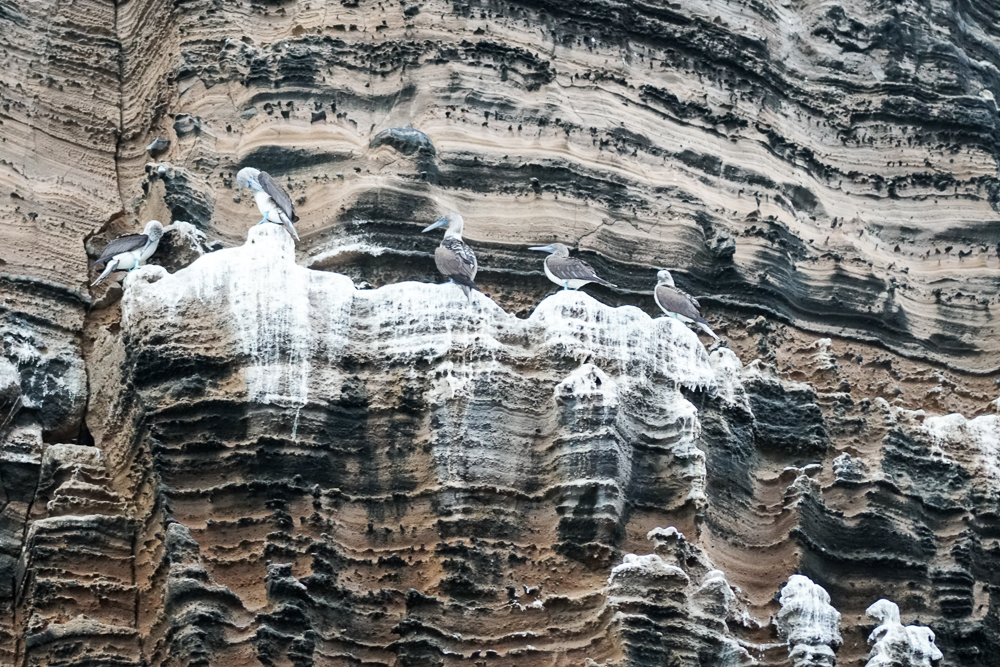
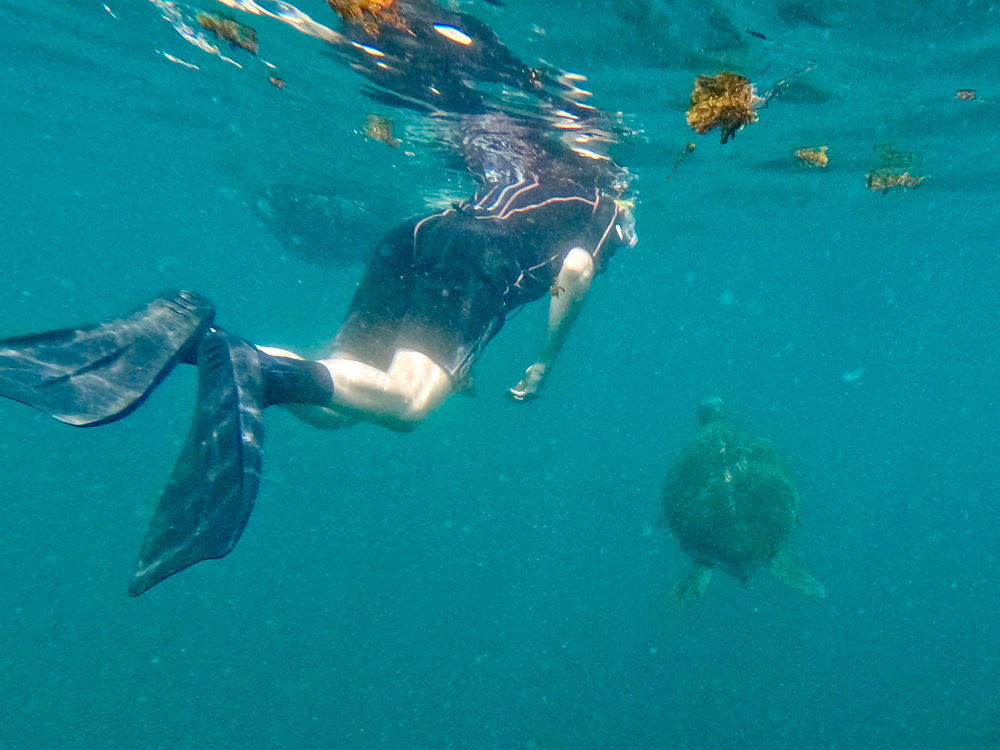
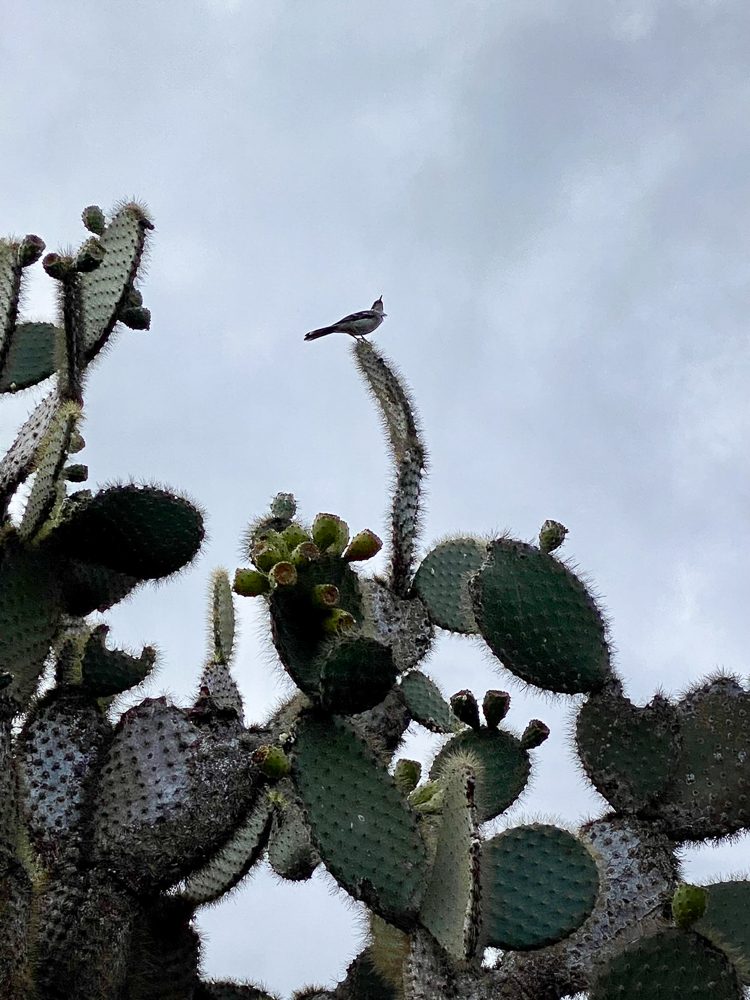
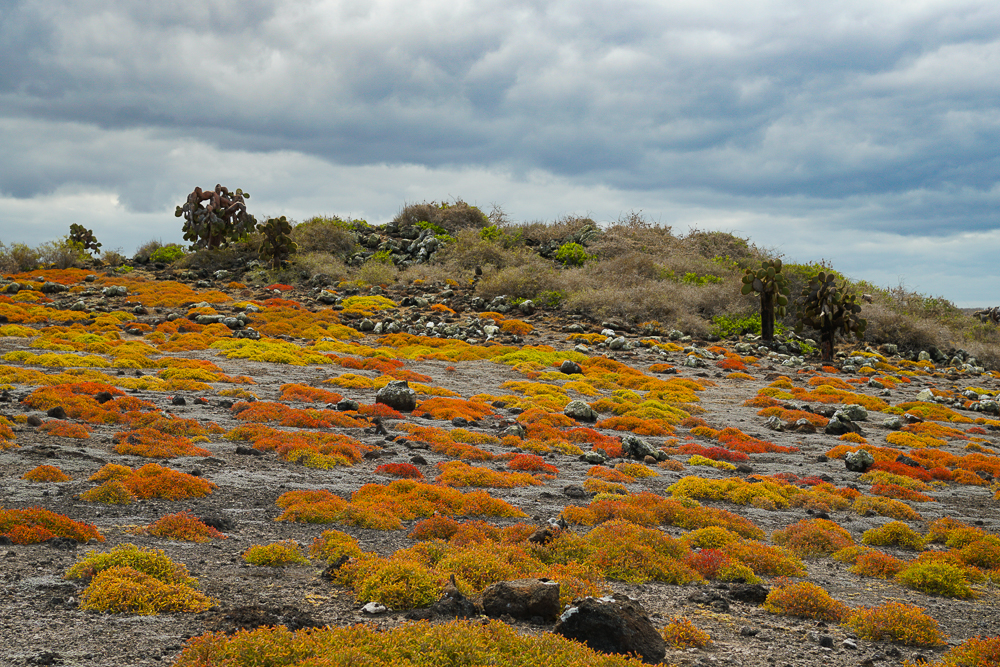
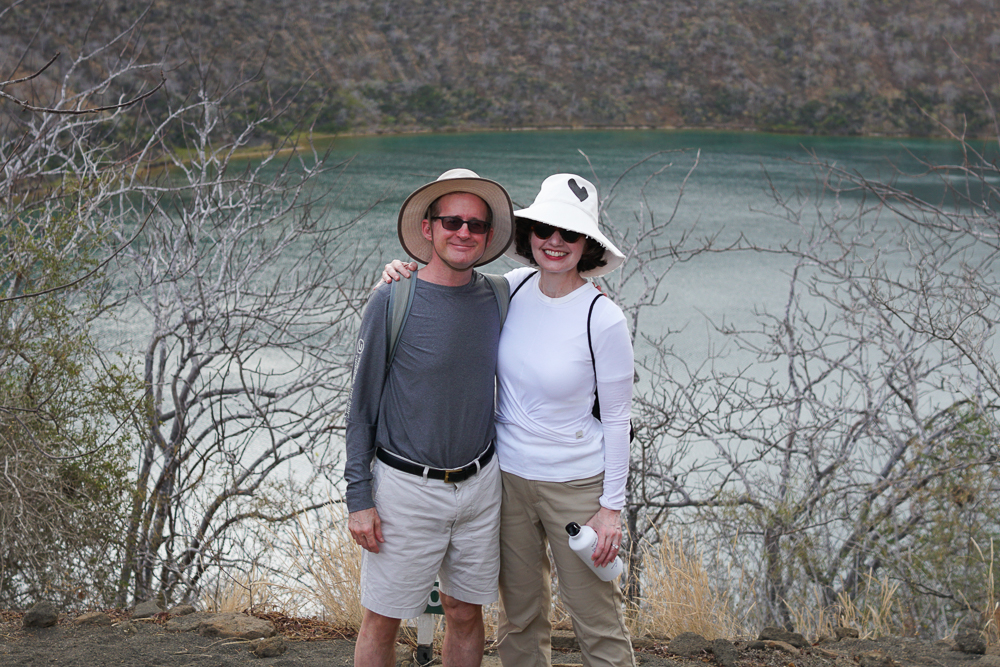
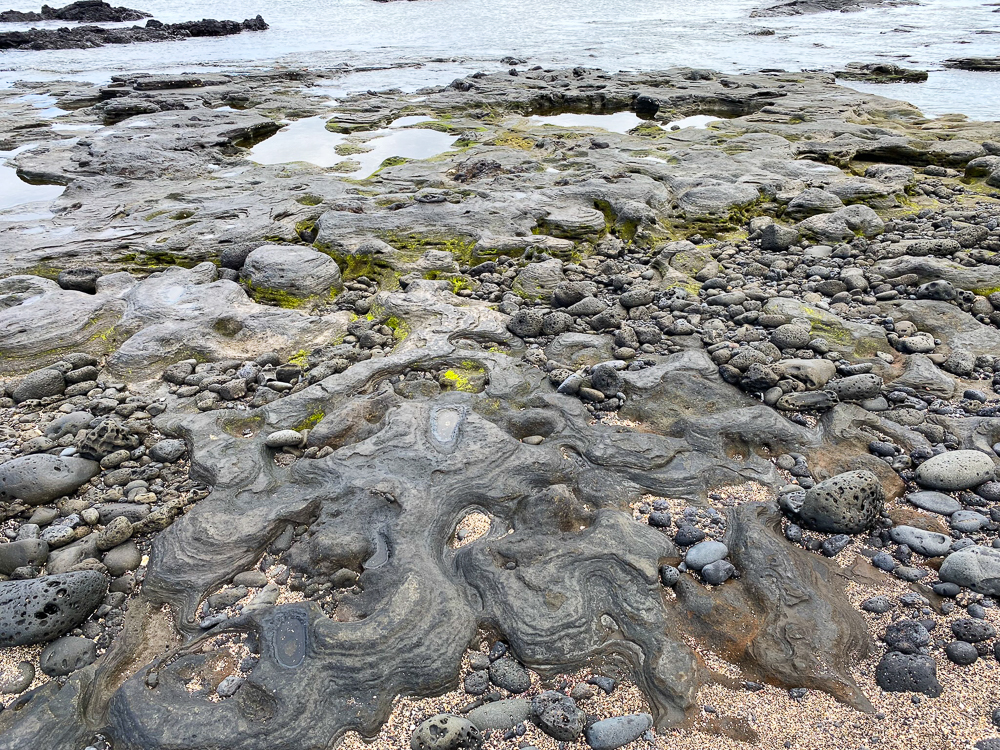
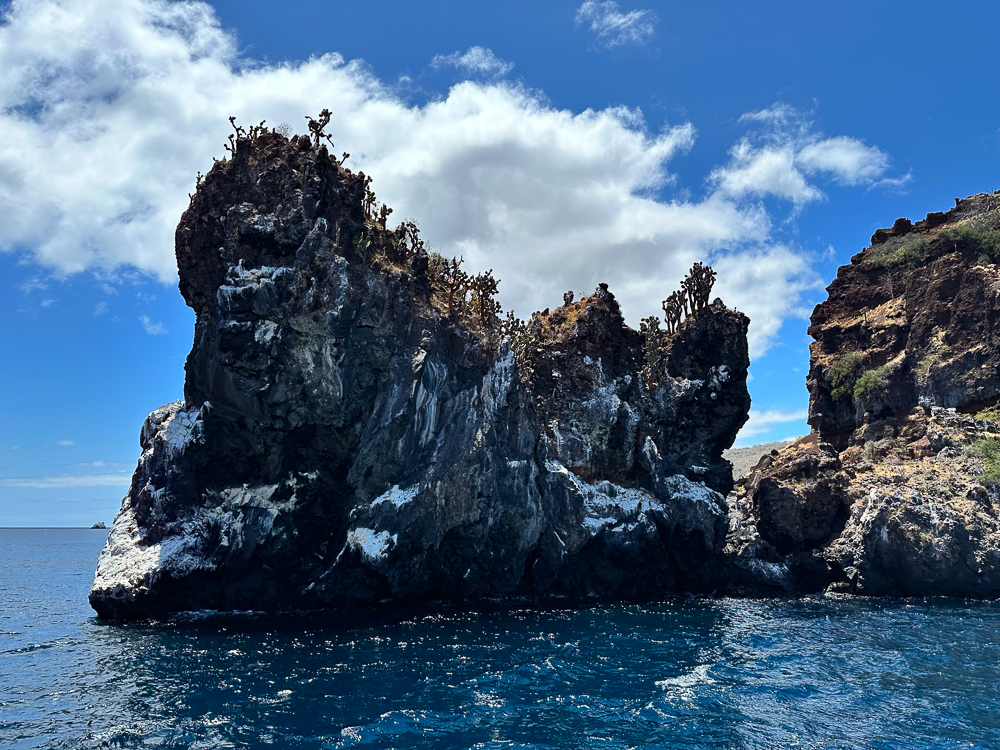
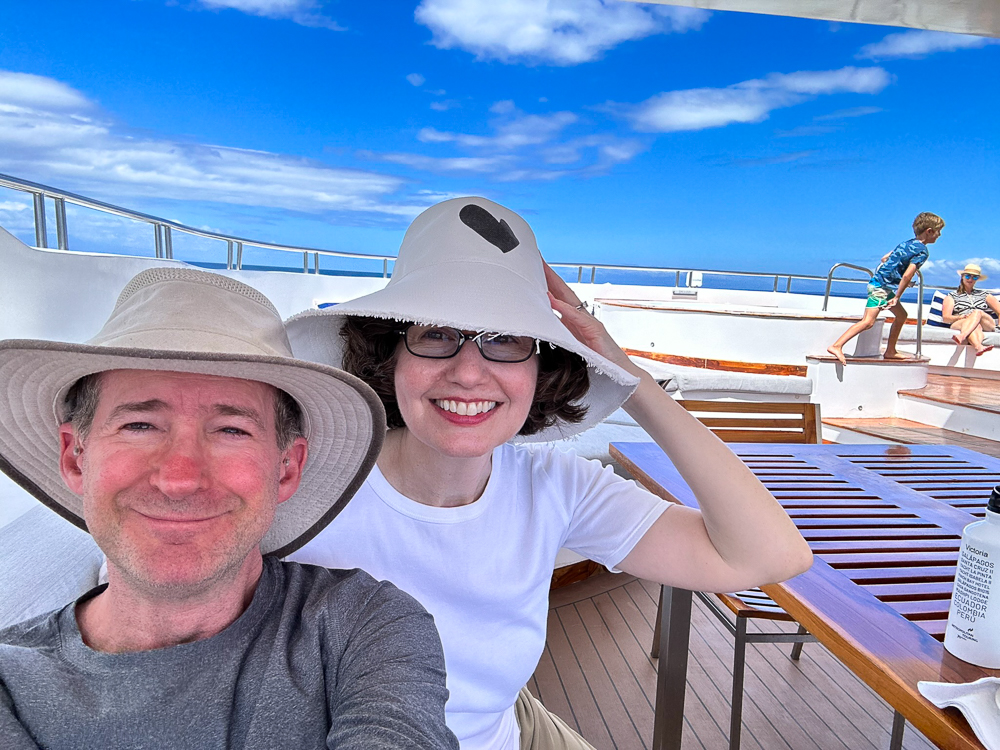
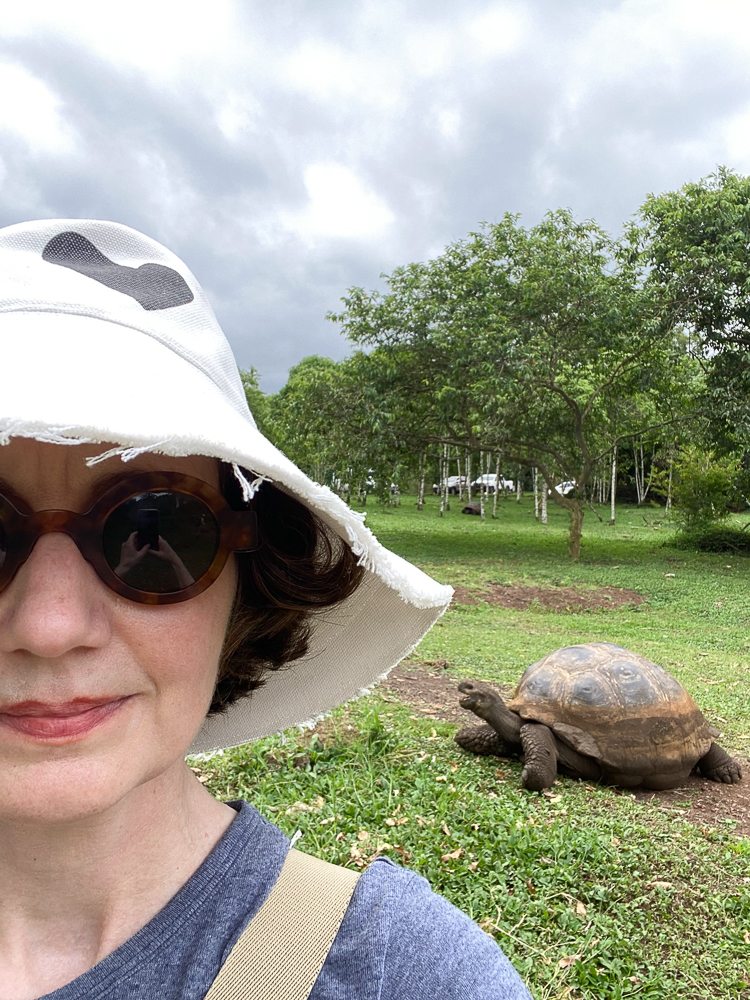
Having seen this yopping myself, here’s what I think was going on.
TURTLE 1: “Hey! I don’t like you!”
TURTLE 2: “I don’t like you either!”
TURTLE 1: “Well, okay then!”
TURTLE 2: “Fine!”
(Turtle 2 moves several inches away, resolving to get even with Turtle 1 in 2028)
In 2028!
Truly enjoyed this travelogue!
I can’t get over having New Order’s Bizarre Love Triangle playing as musak in the airport. I mean, that used to be New Wave, alternative, Cool stuff. So was I….
I too tend to move into wider brim hat territory as trips progress. It’s a tendency to flout and then realize how much sunlight my vampiric skin can actually handle. These travel posts give me joy! Hope to follow in your footsteps some day. This summer it was Alaska. I’ve seen that “back off lady” look on the faces of bears eating salmon and bald eagles doing pretty much anything. Thanks you two for the perfect armchair travel journey. Always a pleasure.
Wonderful commentary as always and a delight to be included. Thank you!
I enjoy these blogs more than words can express. Highlights: Everything Tortoise. I hope The Directrice understands how every word and every photo is so very pleasing to her ladyship’s readers. More, please. You make my day.
Hear, hear!
Yes indeed!
Thank you for the excellent Ecuador posts, which I read all at once. Looking forward to the suitcase post mortem!